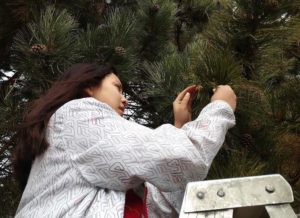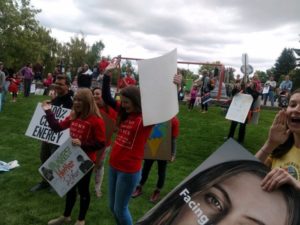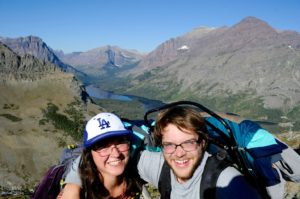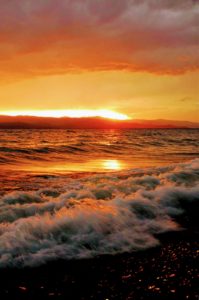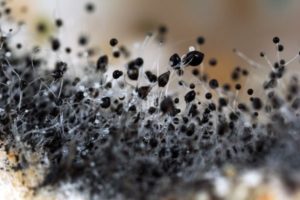By Jazzmyn Mullen
It is common knowledge that teachers are overworked and under paid. Teachers are middle class. The average teacher’s salary in Montana is about 50,000 dollars. After working with schools during my service term, I have found that it is not only teachers that are underfunded, but also the schools. This can make implementing hands-on environmental education or resource conservation into school curriculum difficult. Schools and their teachers are always looking for grant and funding opportunities to pay for project materials and field trips that introduce and educate students about resource conservation. Teachers that procure extra funding not only use their time to apply for the funding, but also must find ways to link these projects into state education core standards. If you haven’t heard of core standards, they are basically guidelines for teachers to make sure that their students have specific knowledge that they will be tested on. Each state has their own set of core standards. Teachers must work harder to adapt hands-on projects and education lessons because of these core standard expectations.
Montana science teachers use these standards to prepare their students for the Montana Science Assessment. This assessment is conducted for state and federal compliance. Having these standards is important for assessing a student or school’s academic standing, but it can also make more work for teachers to integrate resource conservation ideas into their curriculum. It can be done, but it takes time and knowledge about how to navigate through a state’s common core standards. Fortunately, the teachers can use the STEMs innovative hands-on program to integrate science, technology, engineering, and math into their curriculum. I think that STEM is just a start, and is mostly focused on helping students find career pathways in science, technology, engineering and math. The question that I have been focusing on is how do we aid schools in creating lesson plans that incorporates environmental education and resource conservation ideas that meet the Montana common core standards?
Some SMART School educators have figured out how to integrate ideas about environmental education and resource conservation into their yearly lesson plans. From working with these teachers, I know that they must go above and beyond to link Montana common core standards and topics such as greening and energy efficiency into their curriculum. There is no easy way to integrate resource conservation and environmental education into the public school classroom. I wish it was more streamlined and easy for K-12 classes to be exposed to hands-on learning for resource conservation and the environment. It can be done. However, it seems that math and science teachers are having to work harder and make the choice to educate students about earth’s resources, human impacts, and developing possible solutions to a changing environment.
As the climate changes and science and technology progresses at a rapid pace, it is important that at all K-12 students are exposed to resource conservation and environmental education. Schools are slowly incorporating ideas of sustainability into their schools and curriculum. However, in Montana it seems to be integrated into only certain school districts, and that is solely because of the staff that works there. Montana core curriculum standards can be linked to topics about climate change, human impacts, resource conservation, and the environment. Teachers must work harder to adapt hands-on projects and education lessons because of these core standard expectations. Teachers already work hard and it is the policy that needs to change. Taking the next step, to make it easier for teachers to adapt these topics into their classroom, state and federal education compliance could adapt the performance expectations to include resource conservation and environmental science.


